Arroyo Lupine Information: Learn How To Grow An Arroyo Lupine Plant
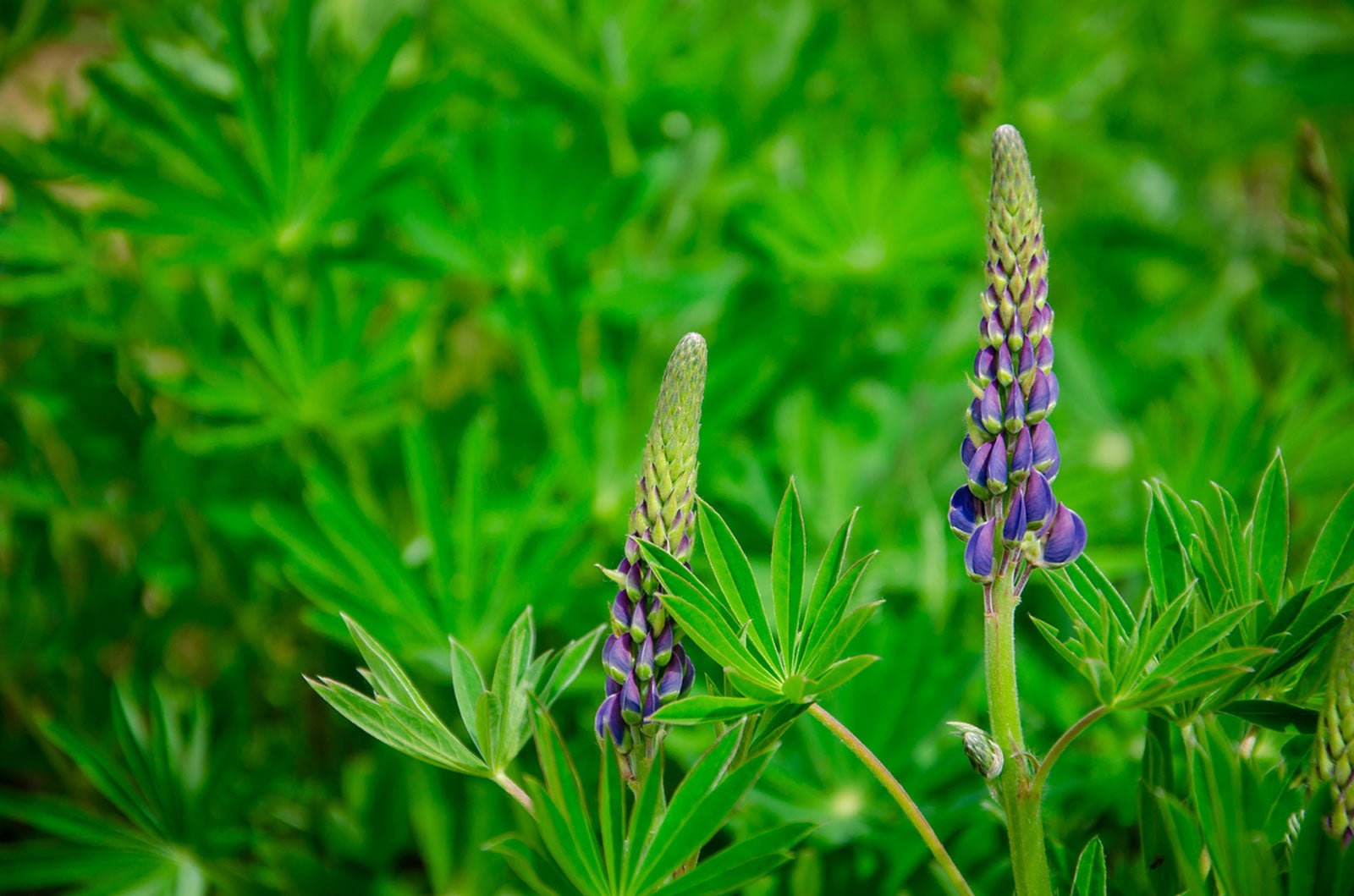

Arroyo lupine plants (Lupinus succulentus) are the welcome signs of spring on the rocky slopes and grasslands of the Western United States. Here the spiky violet-blue, pea-like blooms are easily spotted by spectators. The lush, palm-shaped leaves are an added benefit. Pollinators, including bees and butterflies, are highly attracted to these plants. The seeds sustain birds and small animals. Wondering how to grow an arroyo lupine? Read on for more arroyo lupine information.
Growing Conditions for Arroyo Lupine Growing
Arroyo lupine plants tolerate light shade, but they bloom best in full sunlight. This popular wildflower adapts to nearly any soil type, including loam, gravel, sand, or clay. However, they often struggle and may not survive in highly alkaline conditions.
Well-drained soil is essential, as arroyo doesn’t tolerate soggy, waterlogged soil. Be sure not to plant arroyo lupine where the soil remains wet during the winter.
How to Grow an Arroyo Lupine Plant
Plant arroyo lupine in early spring. Amend the soil generously with compost and coarse sand to improve drainage. Dig a hole deep enough to accommodate the roots. Alternatively, plant arroyo lupine seeds in late spring, and they will bloom the following year. Before planting, scuff the seeds with sandpaper or soak them in water for 24 to 48 hours.
Water this lupine plant regularly the first few months or until the roots are established, but allow the soil to dry between waterings. Afterwards, your plants will only need water during extended periods of hot, dry weather. A layer of mulch will conserve water and keep weeds in check; however, the plants may rot if mulch is allowed to pile up on the crown.
No fertilizer is required in the care of arroyo lupines. A thin layer of compost is a good idea though, especially if your soil is poor. Be sure to keep the compost away from the crown of the plant. Arroyo lupine plants reach heights of 1 to 4 feet (.3 to 1.2 m.). You may need to stake tall plants in windy areas.
Gardening tips, videos, info and more delivered right to your inbox!
Sign up for the Gardening Know How newsletter today and receive a free copy of our e-book "How to Grow Delicious Tomatoes".

A Credentialed Garden Writer, Mary H. Dyer was with Gardening Know How in the very beginning, publishing articles as early as 2007.
-
 Looking For Plants To Give You The Soft And Fuzzies? Try These 5 Fuzzy Leaf Plant Options
Looking For Plants To Give You The Soft And Fuzzies? Try These 5 Fuzzy Leaf Plant OptionsLovers of texture, drama, silver foliage and tactile plants will adore these special sensory garden additions. These fuzzy leaf plant options will leave you all aglow
By Susan Albert
-
 Get Ready For A Summer Of Hummers! Grow These Full Sun Hummingbird Plants and Flowers
Get Ready For A Summer Of Hummers! Grow These Full Sun Hummingbird Plants and FlowersIf you’re lucky enough to enjoy a sunny backyard, make sure you are maxing out on your pollinator opportunities and grow these full sun hummingbird plants and flowers
By Tonya Barnett
-
 How To Safely Grow Lupines In The Garden Near Edible Plants
How To Safely Grow Lupines In The Garden Near Edible PlantsIs the tall and lovely lupine edible when planted near vegetables? Maybe not - learn what kind of lupine you’re planting to avoid the toxic varieties.
By Mary Ellen Ellis
-
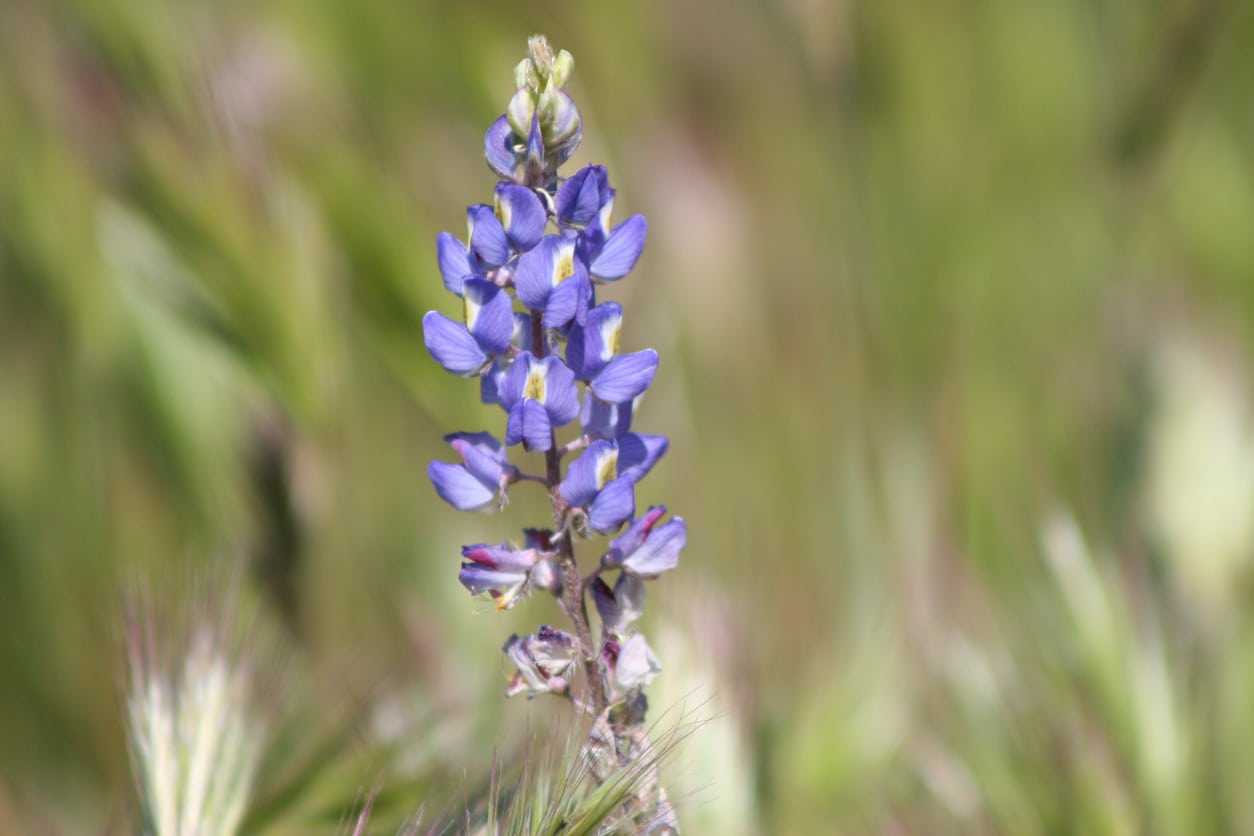 Desert Lupine Plant Care – How To Grow Desert Lupine Plants
Desert Lupine Plant Care – How To Grow Desert Lupine PlantsDesert lupine is a wildflower that grows across the southwestern United States and parts of northern Mexico. This nectar-rich desert wildflower is highly attractive to a number of pollinators, including honeybees and bumblebees. Learn more here.
By Mary H. Dyer
-
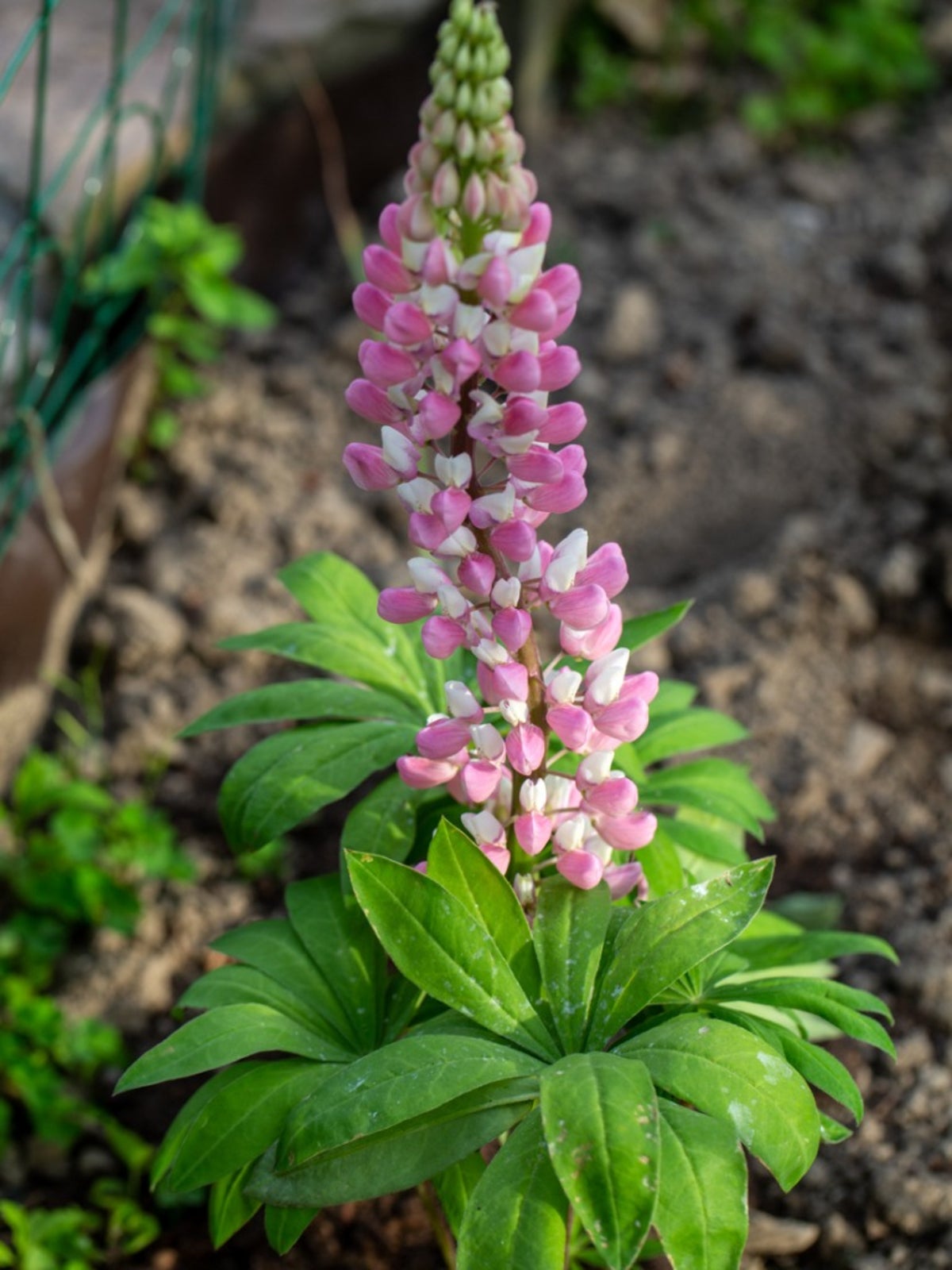 Bigleaf Lupine Care: What Is A Bigleaf Lupine Plant
Bigleaf Lupine Care: What Is A Bigleaf Lupine PlantBigleaf lupine is a big, tough, flowering plant that is sometimes grown as an ornamental but is also often battled as a weed. Click on the following article to learn more about growing bigleaf lupines and when bigleaf lupine control is the best option.
By Liz Baessler
-
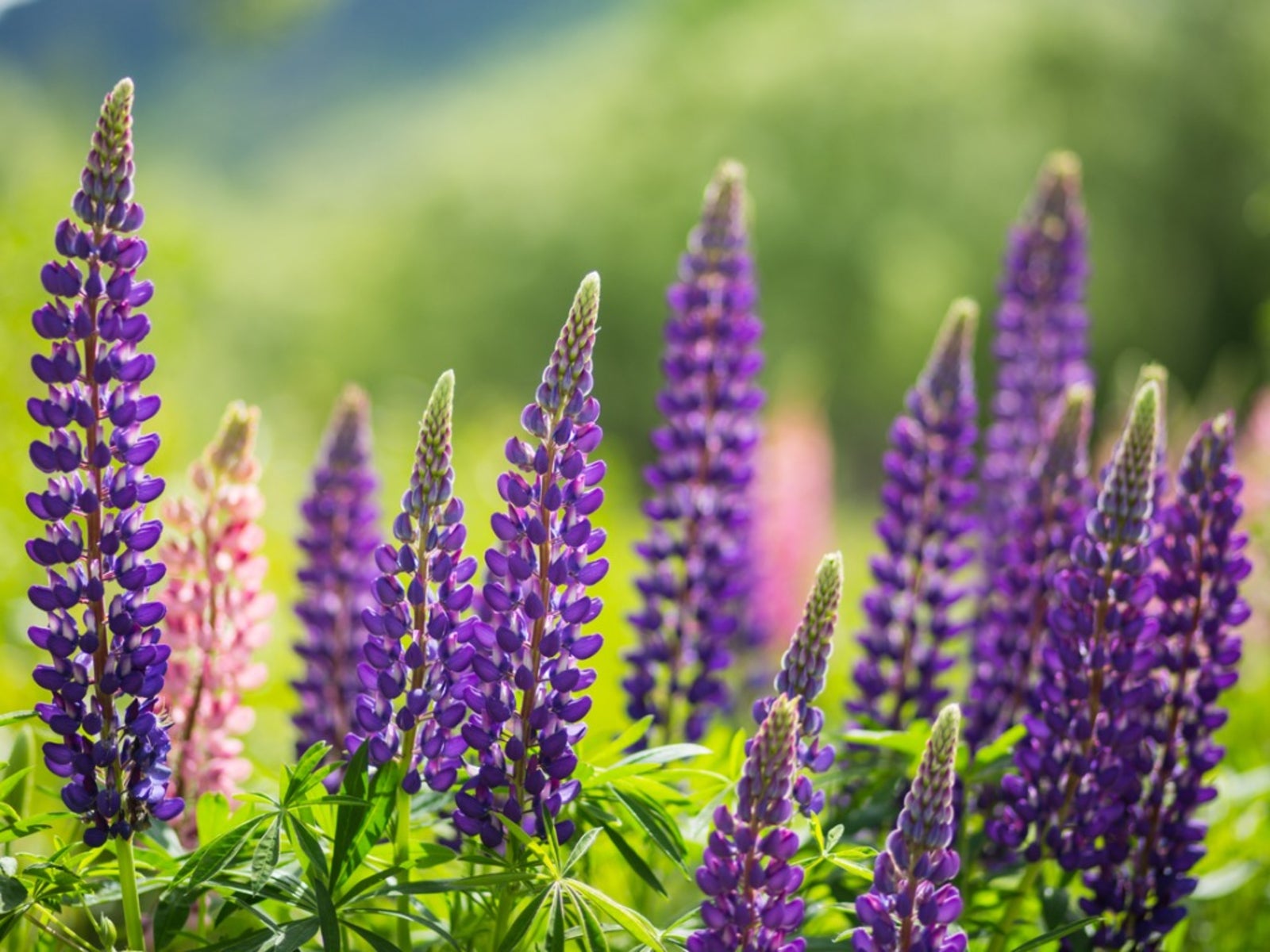 Lupine Plant Diseases – Controlling Diseases Of Lupines In The Garden
Lupine Plant Diseases – Controlling Diseases Of Lupines In The GardenLupines are attractive, easy to grow flowering plants that tolerate cool and moist conditions, and produce stunning spikes of flowers in a wide range of colors. The only real drawback is the plant's relative sensitivity to disease. Learn more here.
By Liz Baessler
-
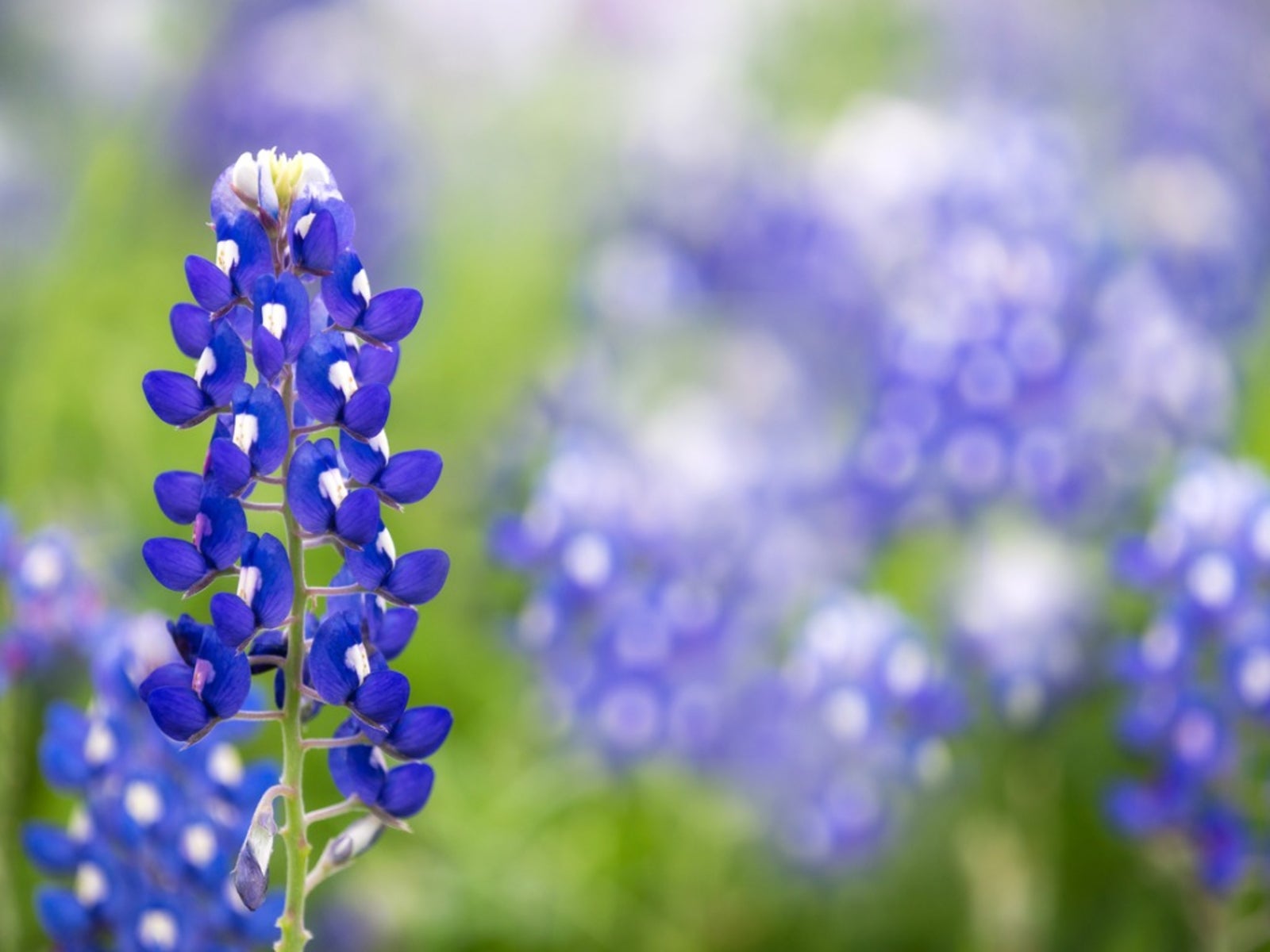 Growing Blue Bonnets - When To Plant Blue Bonnets In The Garden
Growing Blue Bonnets - When To Plant Blue Bonnets In The GardenGrowing blue bonnets adds an interesting shade of color to the spring landscape. Texas blue bonnets are easy to grow and you can find tips on how to grow these plants in this article.
By Becca Badgett
-
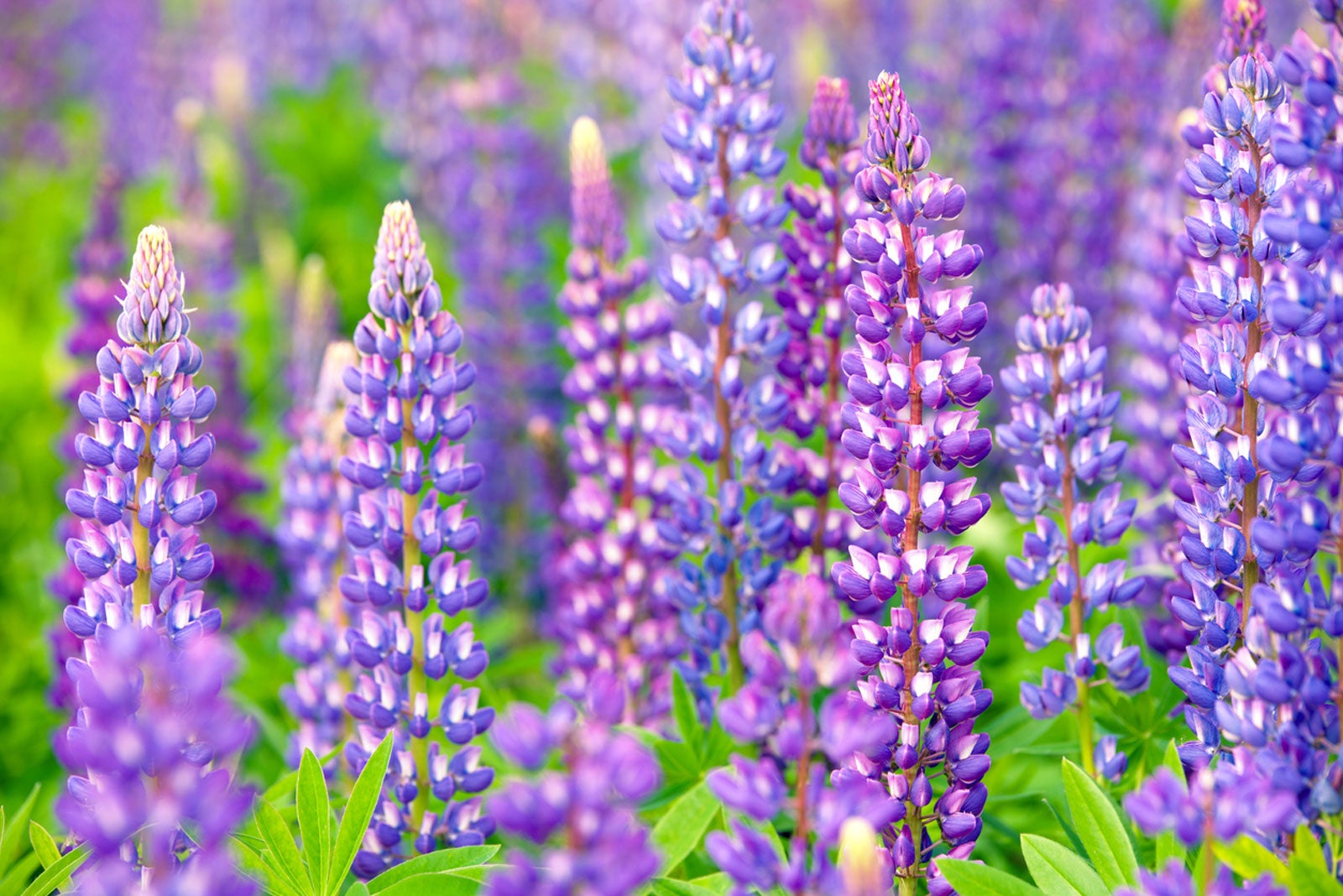 Planting Lupine Flowers - How To Grow Lupines
Planting Lupine Flowers - How To Grow LupinesLupines are attractive and spiky, reaching 1 to 4 feet (30 to 120 cm) in height, adding color and texture to the back of a flowerbed. Pollinators love them.
By Becca Badgett